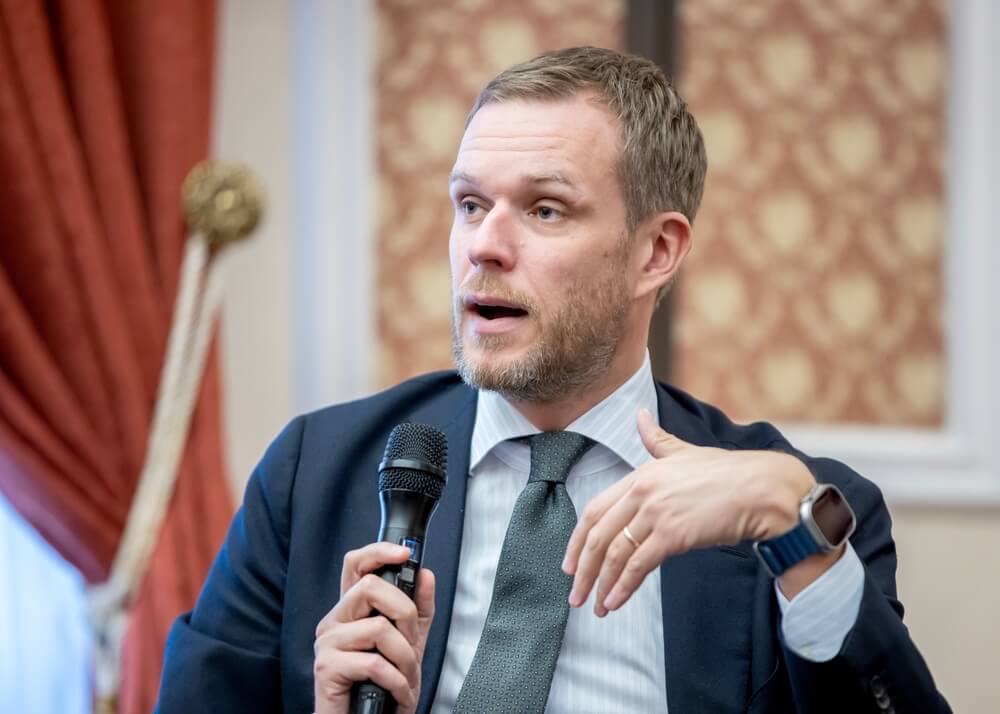When Nato’s Article 5 was invoked for the first and only time after 9/11, there was little European dissent against the principle that an attack on one is an attack on all. Should a similar attack happen today, few would bet against much louder protests in Europe against standing side by side with Donald Trump.
The Nato summit that wrapped up this week was hailed as a win for Europe because not only did Trump stay, he even reaffirmed his commitment to collective defence. "I stand with [Article Five], that's why I'm here," he told reporters. On his way to the summit, he had been lukewarm, saying there were "numerous definitions" of the mutual security guarantee.
The Nato powers had lowered expectations ahead of the summit, and European countries announced in advance they would increase defence spending to appease Trump. At the meeting, Mark Rutte, Nato secretary-general, emerged as the Trump whisperer-in-chief, and his flattery paid off given the president’s apparent new-found warmth towards the alliance.
But the summit’s “success” was at the expense of failing to deal with Russia in any substantive way. And there is no respite for European leaders, who had to immediately turn their attention to a European Council summit this week. They may have won Trump’s support for now, but there is still the threat of a trade war given his vow to impose steep tariffs on European goods.
Furthermore, they have to flesh out the details of European pledges to increase defence spending to 5% of GDP while keeping electorates on board given the cuts in social spending that this entails.
A missed opportunity
The Russian threat was addressed in a newspaper editorial - not in a strategy session during the Nato summit - by Friedrich Merz, German chancellor, and Emmanuel Macron, French president. They underscored that Moscow was the main source of instability for Europe, and they declared an “unshakeable determination” to fight back as well as achieve a ceasefire in Ukraine.
“There is a methodical attempt on the part of Russia to exercise coercive tutelage over its neighbours, to seek to destabilise European countries and to challenge the global order,” they wrote in the Financial Times just before the start of the summit.
Rutte promised “continued support” for Ukraine with money and equipment
But there was no specific condemnation of Russia in Nato’s communique. Russia was described as a “long-term threat” - a weaker form of words than agreed at last year’s summit, which called Moscow “the most significant and direct threat to Allies’ security.”
Rutte promised “continued support” for Ukraine with money and equipment, and Volodymyr Zelensky met with Trump, who called the Ukrainian president “very nice”. But Trump’s recent harder words about Vladimir Putin will have to be fleshed out with action if they are to mean anything.
Peter Bator, Slovakia’s former ambassador to NATO, said of the summit: “We have just missed an opportunity to send a strategic message to the ruler in the Kremlin. And it will cost us in our security.”
A sense of urgency
There is a sense of urgency in European capitals over bolstering defence and raising expenditure, which Trump hailed as a personal victory. Europe still only accounts for 30% of Nato's total military spending. It will now allocate 3.5% of GDP to core defence needs and 1.5% to security-related investments, which could range from road infrastructure to cybersecurity.
Rutte fudged the fact that Spain held out and only committed to spending 2.1% of its GDP on defence by referring to “the allies” and not “all allies” committing to 5%.
Trump is unpopular in Europe, where there is little trust that he would wage war in its defence
He also took the place of politicians, who have to face potentially angry electorates, in placating Trump. “Daddy has to sometimes use strong language,” Rutte said beside Trump after the US president used the analogy of two children fighting to describe Iran and Israel.
Trump is unpopular in Europe, where there is little trust that he would wage war in its defence. Opinion polls show that Europeans support the rise in defence spending and even compulsory military service in some countries. But there is also scepticism that Europe can be independent of the US in defence and security, and several countries support a nuclear deterrence capability without reliance on the US.
Time is of the essence
Ukrainians will be heartened that most Europeans oppose following Trump should he push Kyiv to cede occupied territories or lift sanctions on Russia, according to the poll for the European Council on Foreign Relations.
To flesh out defence plans, Denmark plans to spend its six-month presidency of the EU Council starting next month to find weapons projects on which EU members can agree to co-operate.
 Russia might indeed dare to test NATO further - not with tanks but with a so-called hybrid operation from Kaliningrad - Gabrielius Landsbergis
Russia might indeed dare to test NATO further - not with tanks but with a so-called hybrid operation from Kaliningrad - Gabrielius Landsbergis
Looming on the horizon is a Pentagon review due to be completed late this summer that may include a pullback of some US troops in Europe. The fear is that up to 20,000 troops sent to mostly Eastern Europe in 2022 after Putin’s invasion of Ukraine may be redeployed under the review, led by Elbridge Colby, a China hawk.
Some defence analysts say it could take up to a decade to put in place the procurement and manufacturing processes needed to achieve Europe’s planned defence capabilities.
Time is of the essence.
“Russia might indeed dare to test NATO further - not with tanks but with a so-called hybrid operation from Kaliningrad, a Russian exclave tucked between Poland and Lithuania. For context, that’s the same Kaliningrad that US Defence Secretary Pete Hegseth recently drew a blank on when questioned in Congress,” Gabrielius Landsbergis, a former Lithuanian foreign minister, wrote in Foreign Policy.